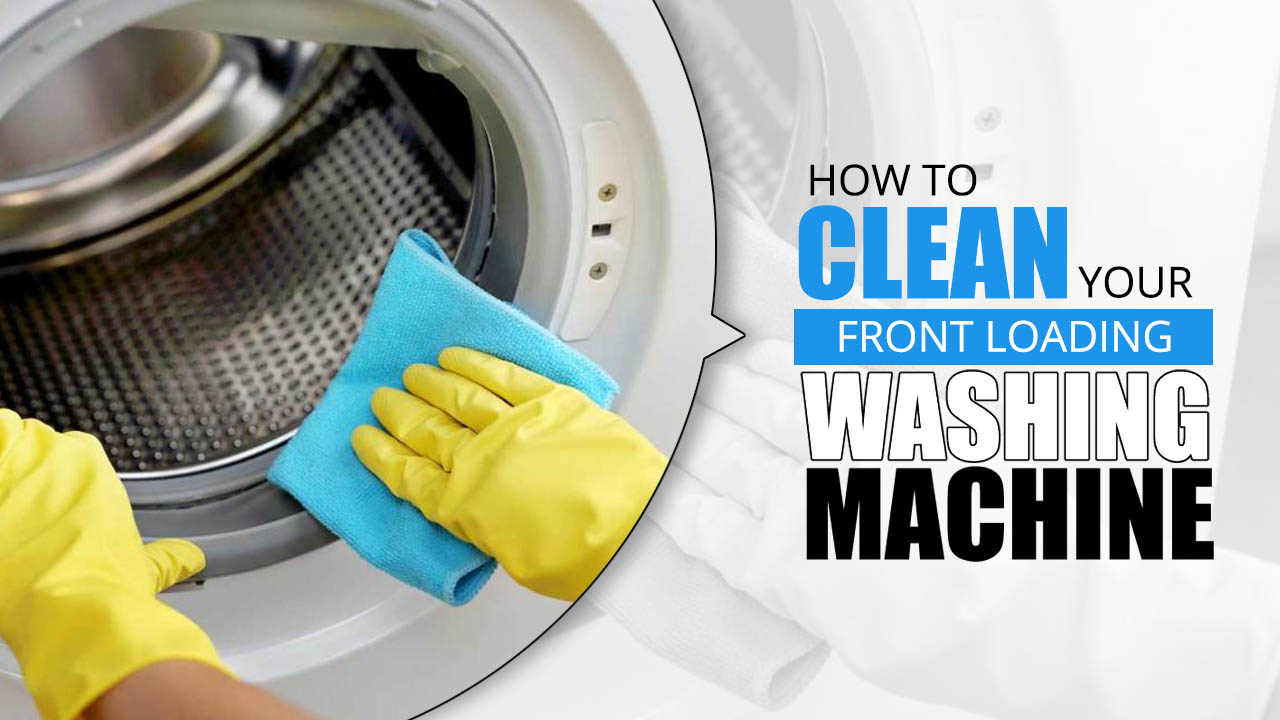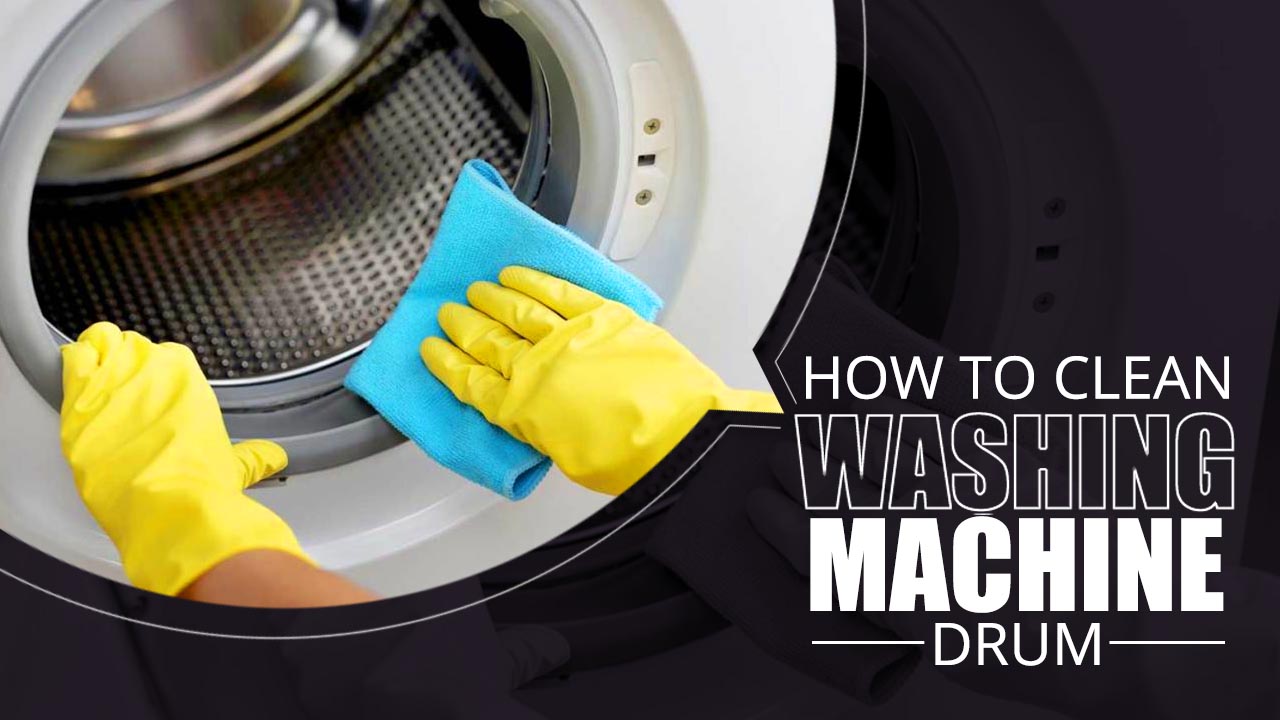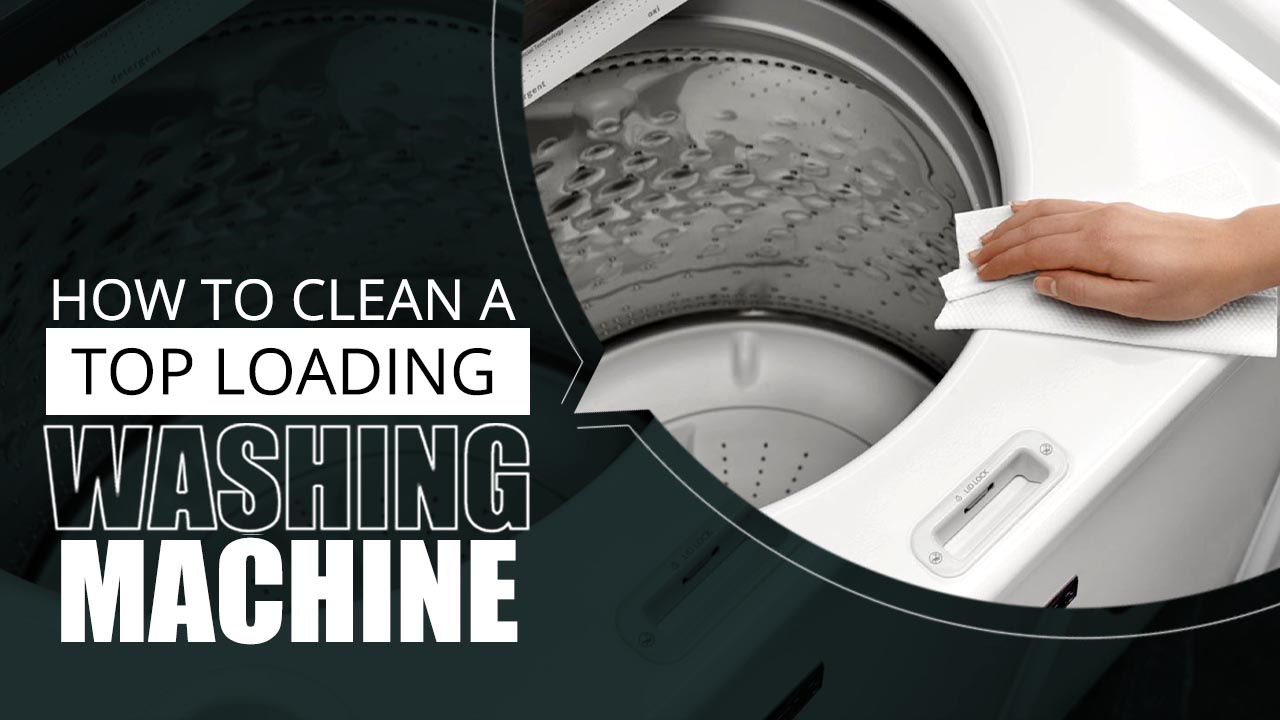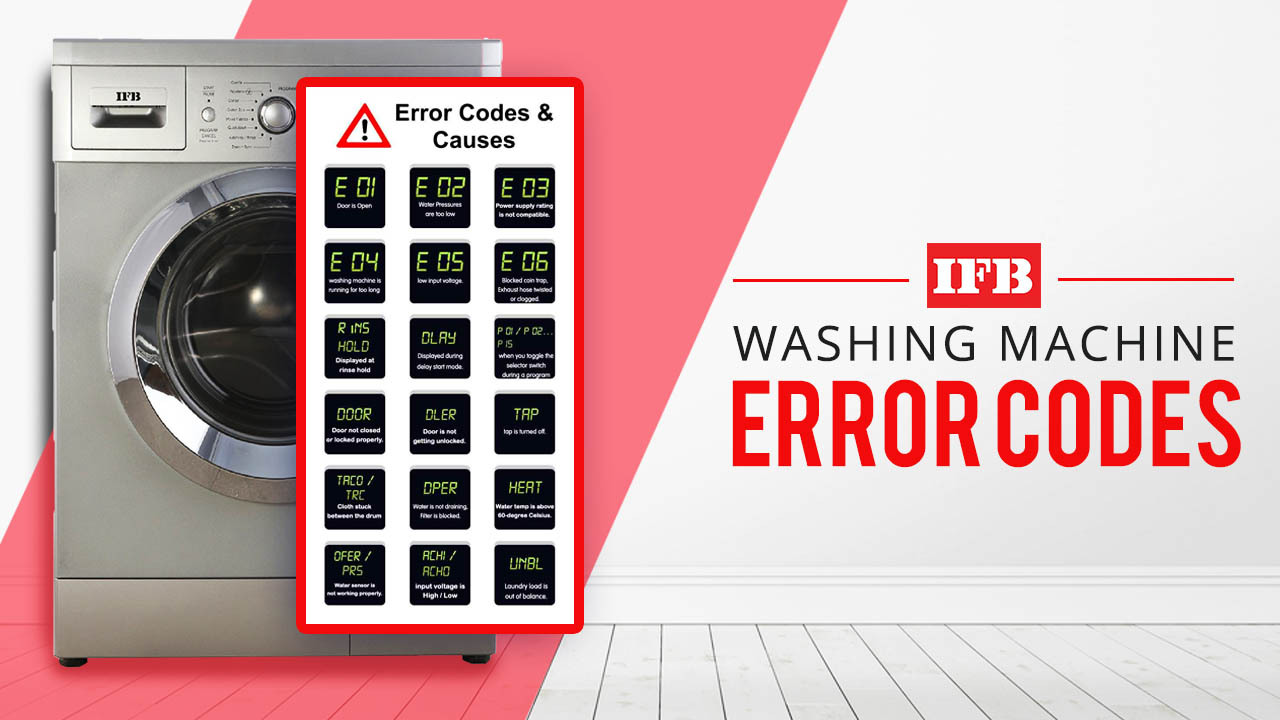A lot of home-owners wonder, How to Clean Your Front Loading Washing Machine? Due to the fact that Front Loading Washing Machines use less water for washing, residue build up is almost definitive.
From excess detergent, dirt and minerals, your Front Loader can house a lot of unsightly, smelly remnants from previous washes.
Now there are a few ways you can easily overcome this, but you need to act quickly. Minerals especially can make unfavorable changes to how the appliance works. Then there is the possibility that your clothes will come out less than clean after a wash in a filthy, mucky Washing Machine.
How to Clean Your Front Loading Washing Machine?
Now there are certain ways you can go about cleaning a Front Loading Washing Machine. It may take a while and some getting used to, but you can easily do it even if its your first Front Loader. Follow these simple steps towards a much cleaner washing machine and in-turn better washed clothes.
Clean the Gasket
The gasket is the rubber ring that runs along the opening of a Front Loader, which seals the water from leaking out. It is generally stuck tight, but you can rip it out, clean it and set it back easily.
Check for Dust and Dirt
Sometimes dirty clothes can leave a layer of dirt sitting inside the drum of your washer. Make sure you clean the insides extensively. The gasket can also catch a lot of this dirt, so its imperative you thoroughly clean your washer.
Check for Mildew
Mildew can easily form on the gasket and the drum/tub if you don’t regularly clean your Washing Machine. Mildew forms after soap residue is left behind and the moisture causes mold to grow. It causes a build up of odor and even leaves some on the clothes you wash after. To get rid of mildew, use hot, soapy water and wipe clean thoroughly.
Cleaning the Drum
Cleaning the drum is quite important for the correct functioning of your washing machine. Sprinkle some baking powder on the inside of the washer and add white vinegar to the detergent tray and set the machine to either clean cycle, tub clean or the highest and hottest setting your appliance offers.
Clean the Detergent Dispenser Tray
Excess detergent can also cause a lot of moisture to be trapped in the machine. Regularly clean the detergent dispenser for much better washes.
Daily Maintenance of a Front Loading Washing Machine
Making sure you use the right methods to wash clothes can significantly improve your daily wash cycles.
- Using the Right Detergent : Making sure you use the detergent meant for front loaders is a step towards easier washing and maintenance.
- Remove the Laundry : As soon as a wash cycle is done, immediately take out all the washed clothes. This lets moisture escape and not stay trapped inside. You can atleast leave the door ajar before changing from washer to dryer.
- Wipe the Gasket Clean : Cleaning the rubber seal between washing and drying, and between wash cycles can help prolong the life of your washing machine and help clothes come out cleaner.
- Let the Detergent Tray Dry Out : After washing, take out the detergent tray, clean it and let dry until further use.
Conclusion
Making sure your Front Loading Washing Machine is clean is a step towards much cleaner clothes. Regular maintenance can also help prolong your washers life and prevent any harm to clothes being washed.
This article provides a deep understanding of How to Clean your Front Loading Washing Machine. It is easier than you think and don’t worry, you will not disrupt the functioning of your appliance if you do it correctly. Follow the steps above for a cleaner, better functioning appliance.



![Washing Machine Dryer Not Working [Solved] Washing Machine Dryer Not Working](https://prowashingmachine.com/wp-content/uploads/2022/06/washing-machine-dryer-is-not-working.jpg)

